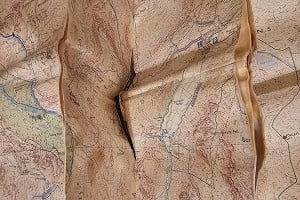
With more and more scientific evidence out there extolling the benefits of exercising in pregnancy [3] [8], pregnant mums are hitting the hills in droves! Getting a 'bumpfie' on the summit captures a great moment in time, but how did it feel lugging that bump up the hill? Here we've asked a number of women about their experiences of hillwalking in pregnancy.
As a low impact and low intensity form of exercise, hill walking is a great way to stay fit in pregnancy. Although sports like swimming and cycling are more commonly recommended to expectant mums, weight bearing activity is actually the most effective kind for obtaining the additive benefits of pregnancy and exercise[3]. A woman gains between 5 and 18kg of body weight during pregnancy (depending on starting BMI), and I can tell you that it is NOT like carrying a heavier backpack (and I gained the maximum weight). This 'backpack' is fully plugged in – siphoning your energy and oxygen! Sometimes you hardly notice it (namely in the first trimester, if you're not feeling sick) and sometimes you can hardly breathe (as baby starts to squash your lungs in the third trimester). Pregnancy is a major physical and physiological change, there is no doubt about it, but the body has many amazing ways of adapting to cope with the additional stress.
My experience of hillwalking through two healthy pregnancies (and one miscarriage) was certainly a positive one. However, mums will be the first to tell you that no two pregnancies are the same and that everybody's experience is different. So what can you really expect? Below are the 'real life' experiences of five 'outdoor mums' – telling it how it is….
How did pregnancy affect your hillwalking?
Caroline – "I hill walked through two pregnancies. Through both I gradually got slower, feeling unfit rather than pregnant. Neither pregnancy stopped me getting out nor up high in the early stages."
Claire - "Finding appropriate & decent outdoor wear was the biggest struggle - waterproofs especially. That and needing a lot more toilet stops!"
Lynda – "At the beginning it didn't affect it much at all but after about 7 months, the snow/ice started to appear on the tops, so I decided to stick to smaller hills. My rule was that 'if I needed crampons or an ice axe, then I wouldn't do it!'"
Arlene – "During my first pregnancy I climbed 15 munros, including my last two (the ballachulish munros) less than a month before I gave birth. I always listened to my own body and as time went on got more and more comfortable in believing and listening to it. I used to get Braxton Hicks contractions while hill walking, and when this happened I would just stop, wait, rest and then start again."
Keri – "I enjoyed hillwalking through two pregnancies. I actually felt pretty good and it was hard to tell much difference in the early months. As bump got larger I just took the pace really steady and tried to drink lots."
Did you have any specific worries or fears? How confident did you feel?
Caroline – "With my first pregnancy I walked a lot in Scotland over the winter period. I just modified my objectives accordingly. I was happy to be out with an ice axe and crampons but not on steep ground."
Claire – "Scrambling sections were what held me back - my balance was all off-kilter! Overall, I didn't think it would be as hard as I found it in practice."
Lynda – "I didn't really have any worries or fears as I feel I was sensible with what I intended on doing and went suitably prepared. I wasn't always confident that I'd get to the top but knew I had a good excuse if I didn't make it!"
Arlene – "I was definitely more conscious of my own and bump's safety. During my first pregnancy it took a wee while to trust my own instincts and feel confident but this came more naturally second time round."
Keri – "During the first I worried a lot about my heart rate getting too high, and wore a heart rate monitor to keep tabs on it (mostly because I usually push myself quite hard). By the time I was pregnant with number two I knew how to take it easy and could rely better on my body's own cues."
Did you modify your plans/ambitions on a hill day?
Caroline – "I gradually did smaller hills and shorter days as I got bigger (mostly because I just got more tired). At 40 weeks I was still managing 350m of ascent and around 10k."
Claire – "Any hills planned were shorter than what I'd normally do, allowing me longer to complete. If I was walking alone I sometime stuck to lower level routes"
Lynda - "I wouldn't go on any routes with scrambles and I allowed myself a longer time to do a hill, plus I took plenty of extra snacks!!"
Arlene - "I would often only do one Munro while my husband would do two. I was much slower than him and that meant I could go at my own pace. I would also take more food out on the hill and would consciously eat more when I finished. I went up easier mountains with longer walk-ins and walked with others the later I got into my pregnancy."
Keri – "I became pretty adept at choosing hills that had high starts/car parks and that had gradual or undulating ascents. In this respect I was a lot less ambitious with my objectives, but it didn't matter because enjoyed the headspace and perspective so much more than usual, given the 'big' changes in my life at that time."
How did the experience of hillwalking change as pregnancy progressed?
Caroline - "I increasingly relied on friends to carry my kit, rather than carrying a rucksack myself, partly to help me keep up and partly as the waist belt got increasingly uncomfortable".
Claire – "I needed to carry more water and food. I felt increasingly unfit as time progressed, but I knew that really it was just carrying the extra weight that was slowing me down"
Lynda – "I was much more breathless after about the 5-month mark. As time went on, even lifting your leg over a rock with a big bump in the way wasn't easy. I would say I had quite a straightforward pregnancy, though I still had nearly every symptom in the book, just not too severely. I experienced everything from morning sickness to carpal tunnel but none were so bad that it really affected me on the hill"
Arlene – "I got slower and slower as time when on and felt my centre of gravity change, so I tried to be mindful of that. I remember coming off Stob Coire Sgreamhach during my second pregnancy (7-8months) going down a steep slope and consciously trying to counteract the weight on my front!"
Keri – "Towards the end of pregnancy I felt more vulnerable hillwalking alone and tended to walk more with friends. Not because anything felt wrong as such but because of the implications of an incident or pregnancy-related issue far from help. As the pregnancy progresses, the experience is a bit like wearing a heavy backpack full of water on your front instead of your back!"
How long did you continue hillwalking and why did you stop?
Caroline – "I didn't!"
Claire – "Around 7 months. I stopped because eventually my husband had to carry two hill bags!"
Lynda – "I climbed my last Munro at about 7 months but we stopped due to snow/ice. I feel I could have continued a while longer if the weather had permitted, although I was much more tired in the last few weeks. I still continued smaller hill walks right up to the end."
Arlene - "I hill walked almost up until I gave birth. During my first pregnancy my ankles and feet got very swollen so getting my walking shoes on got increasing difficult. Walking helped reduce the swelling once I got started though!"
Keri – "I walked up mountains until about 7 months and stuck to smaller hills after that. Because rock climbing and fell running had become pretty difficult by this point, hillwalking (and cycling) became very important to me, enabling me to maintain some fitness but also for helping me maintain a sense of self/identity as my life started to revolve around the baby inside me, even before she was born."
How did passers-by react?
Caroline – "There are two responses to seeing a pregnant lady out doing any kind of outdoor activity; either complete disbelief (with or without judgement), or praise that I was still out there enjoying the hills. On one occasion I was out with a group where I was informally leading whilst 7/8 months pregnant. We were at Munro height on snow shoes and the assumption of those we met was that I was just along for the ride!"
Claire – "We always walked in remote areas in Scotland and I'm not sure we ever saw anyone!"
Lynda – "Before 7 months, I didn't have a particularly big bump. So with waterproofs on, I doubt people would have noticed I was pregnant. After that, I was walking smaller hills anyway, so nobody reacted much. Those of my friends that did know I was pregnant still hill walking thought it was great that I could continue doing what I loved."
Arlene – "Most were impressed! I remember going up Beinn Chabhair with my husband when a group of younger male hill walkers came up behind me. When they noticed I was pregnant they were quite shocked and made it their mission to overtake me (but they did struggle!!) My husband and I also went to Crete when I was about 7 months pregnant and we had such a positive, friendly and supportive experience while out hill walking there.
Keri – "People were mostly just surprised to see me there and pregnant. I think people generally expect you not to be capable of walking up a hill at that stage. I didn't get any comments that were negative or judgemental, but then I was mostly doing fine and walking in good weather conditions"
Were there any challenges. and what coping strategies did you use?
Caroline – "With both pregnancies I resented losing my fitness but coped by maximising what I could do and slowly setting easier challenges. I was very sick however, and this made both the physical act of getting out difficult and also the car journey getting there. A further annoyance was the lack of maternity outdoor kit. I wore bigger sizes which were neither flattering nor comfortable but did the job."
Claire – "I found walking off paths increasingly became a challenge, as everything just took longer because of the terrain. But I just took my time and rested more along the way."
Lynda - "An understanding group of walking buddies helped take the pressure off when I needed to have more stops to pee, catch my breath, take off layers or have someone re-tie my laces! Nobody minded waiting for me - it was part of the agreement of the walk!"
Arlene – "My biggest battle was dealing with other people thinking they knew what was best for me, and in the process learning to trust my own instincts!"
Keri "Mostly I found hillwalking to be great therapy for the stresses and strains of pregnancy, and a great (low impact and low intensity) way to stay fit. However, there were times when I pushed myself a little too far and this resulted in tiredness and irrational tears/outbursts (one notable holiday hillwalking in Corsica). But this was nothing that couldn't be solved with a rest, a hug and some chocolate!"
Mountain safety in pregnancy
Route choice - avoid hillwalking alone and carry a mobile phone at all times. If hill walking in the first trimester, be aware of the risk of miscarriage in remote areas. Sadly 1 in 6 pregnancies end in miscarriage (largely due to chromosomal abnormalities). With this in mind, choose accessible routes or more popular mountains with plenty of traffic.
Navigation skills – It is vital that you know exactly where you are in pregnancy and can let the mountain rescue know your location precisely if you need medical assistance.
Balance - After the first trimester, balance starts to be affected by the size and weight of the bump. Consider poles for stability and hiking boots to support your ankles.
Hydration is especially important during pregnancy, so make sure you take extra water and snacks.
Listen to your body - Ninety percent of mums-to-be experience fatigue or morning sickness (not restricted to the morning!) during pregnancy and 60% suffer some form of back/pelvic pain. So don't overdo it!
Temperature - Avoiding overheating is crucial, especially around days 35-42 of the pregnancy, when the baby's early brain and spinal cord (neural tube) is forming.
Gestation - Consider the stage of your pregnancy. Only 4% of babies are born on their 'due date', with most mums delivering between 37 and 42 weeks. Many women go on a brisk walk to try and induce labour in the final days of pregnancy but it would be safer to do this away from the hills!
The general consensus…
Pregnancy is not the time to start racing through a bucket-list of hillwalking ambitions before baby comes! It might even be time to scale back a bit, but it is certainly not necessary to hang up your boots. Every woman/couple should decide for themselves if and when to stop hill walking; just like every decision you will make as a parent from now on, it's a very personal choice….
References
- Leisure time physical activity among pregnant women and its associations with maternal characteristics and pregnancy outcomes. Lindqvist M, Lindkvist M, Eurenius E, Persson M, Ivarsson A, Mogren I. Sex Reprod Healthc. 2016 Oct; 9:14-20.
- Exercise and pregnancy in recreational and elite athletes: 2016 evidence summary from the IOC expert group meeting, Lausanne. Part 1-exercise in women planning pregnancy and those who are pregnant. Bø K, Artal R, Barakat R, Brown W, Davies GA, Dooley M, Evenson KR, Haakstad LA, Henriksson-Larsen K, Kayser B, Kinnunen TI, Mottola MF, Nygaard I, van Poppel M, Stuge B, Khan KM. Br J Sports Med. 2016 May;50(10):571-89.
- Clapp III, James F., and Catherine Cram. Exercising through your pregnancy. Addicus Books, 2012.
- Exercise during pregnancy and risk of cesarean delivery in nulliparous women: a large population-based cohort study. Owe KM, Nystad W, Stigum H, Vangen S, Bø K. Am J Obstet Gynecol. 2016 Aug 23. pii: S0002-9378(16)30579-8.
- Committee Opinion No. 650 Summary: Physical Activity and Exercise During Pregnancy and the Postpartum Period. [No authors listed] Obstet Gynecol. 2015 Dec;126(6):1326-7.
- Relaxin Secretion in Early Pregnancy. QUAGLIARELLO, JOHN; STEINETZ, BERNARD G.; WEISS,GERSON, Obstetrics & Gynecology. 53(1):62‐63, January 1979; Relaxin in Normal and Pathogenic Pregnancies, SZLACHTER, B NELLY; QUAGLIARELLO, JOHN; JEWELEWICZ, RALPH; Obstetrics & Gynecology. 59(2):167‐170, February 1982; Characterization of the Relationship Between Joint Laxity and Maternal Hormones Pregnancy, Marnach, Mary L.; Ramin, Kirk D.; Ramsey, Patrick S.; More, Obstetrics Gynecology. 101(2):331‐335, February 2003.
- Exercise during pregnancy in normal-weight women and risk of preterm birth: a systematic review and meta-analysis of randomized controlled trials. Di Mascio D, Magro-Malosso ER, Saccone G, Marhefka GD, Berghella V. Am J Obstet Gynecol. 2016 Jun 16. pii: S0002-9378(16)30344-1.
- Outdoor Activity and High Altitude Exposure During Pregnancy: A Survey of 459 Pregnancies. Keyes LE, Hackett PH, Luks AM. Wilderness Environ Med. 2016 Jun;27(2):227-35.
- https://babyroutes.co.uk/hiking-when-pregnant/
- Mums-to-Be - Mountaineering and altitude in pregnancy, BMC Summit magazine, Issue 85 http://content.yudu.com/web/2p8f9/0A2p8gr/SummitNo85/html/index.html
- INTERVIEW: Anna Wells on the Winter Munro Round 25 Mar
- Top Tips: Camping With Kids 12 Jun, 2023
- REVIEW: Book Review: Voices From the Hills 19 May, 2023
- My Move to the Mountains: Life in Lochaber 16 Mar, 2023
- Hut to Hut in the Tyrol - A Family Adventure 30 Aug, 2022
- INTERVIEW: Nicky Spinks on the Lake District 24 Hour Record 9 Sep, 2021
- On the Ramsay Round with the Black Trail Runners 19 Aug, 2021
- INTERVIEW: In pursuit of purity: going solo on the Winter Bob Graham Round 25 Feb, 2021
- Desert Island Peaks: Keri Wallace 18 Jan, 2021
- Walk Before You Run - winter skills for hill runners 21 Dec, 2020






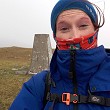
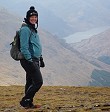
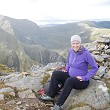
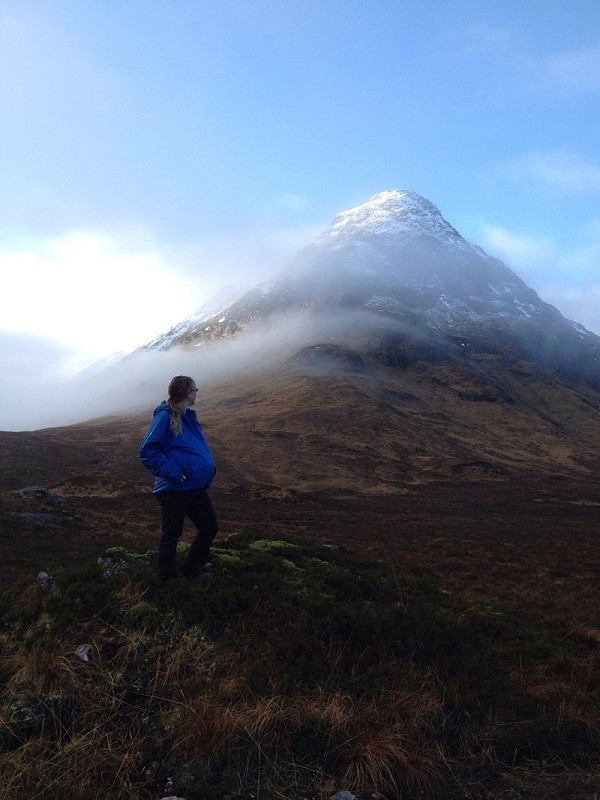
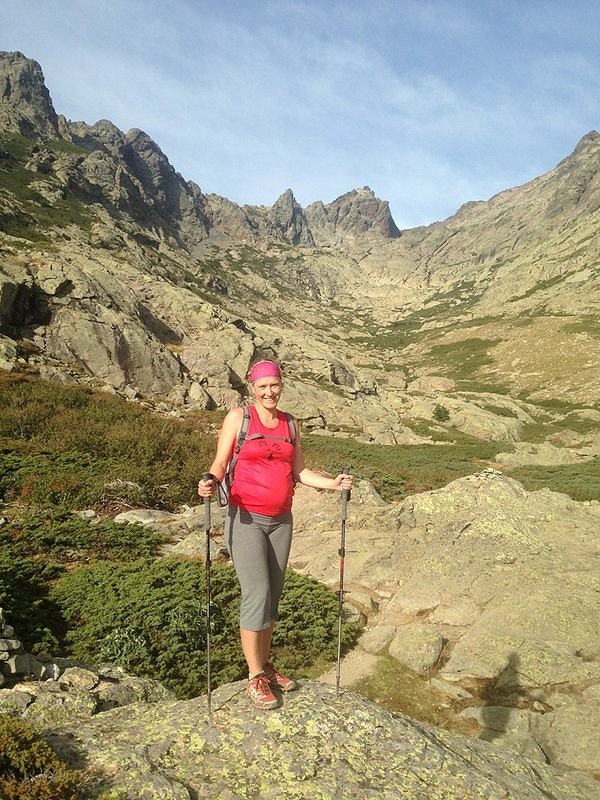
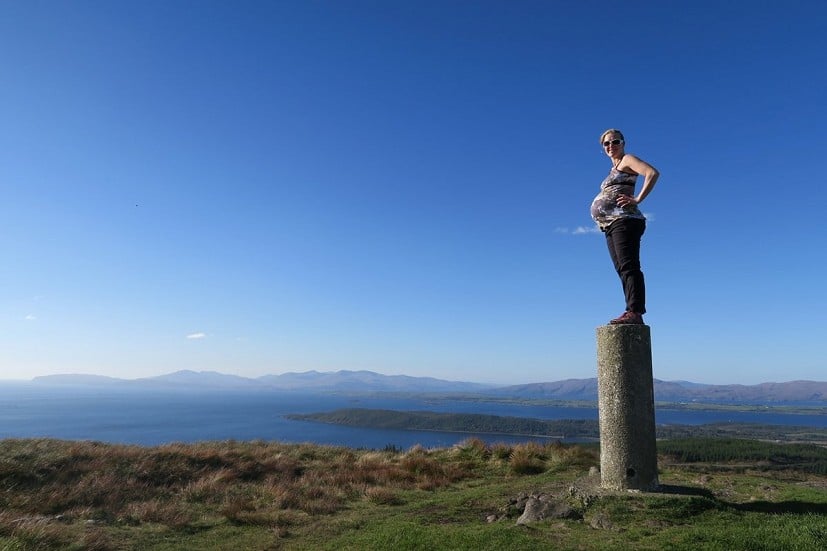
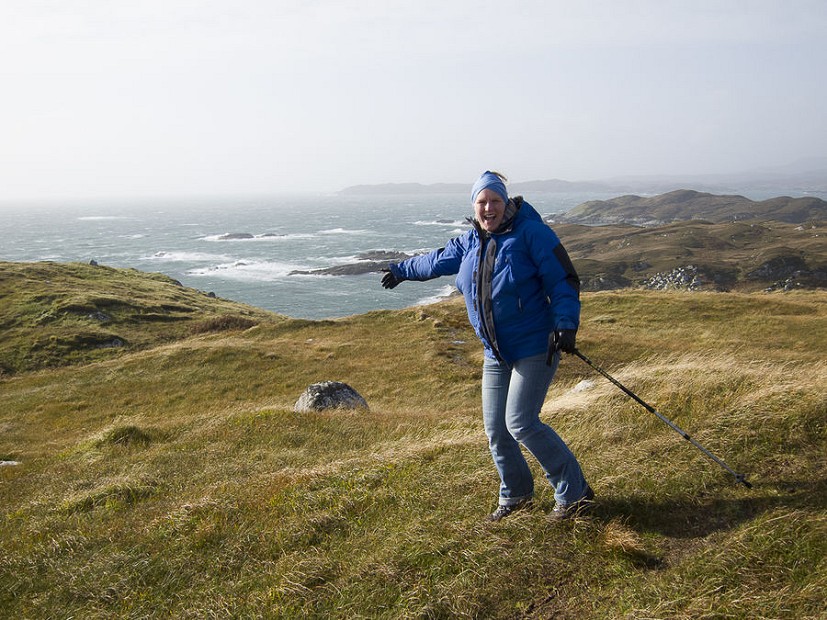





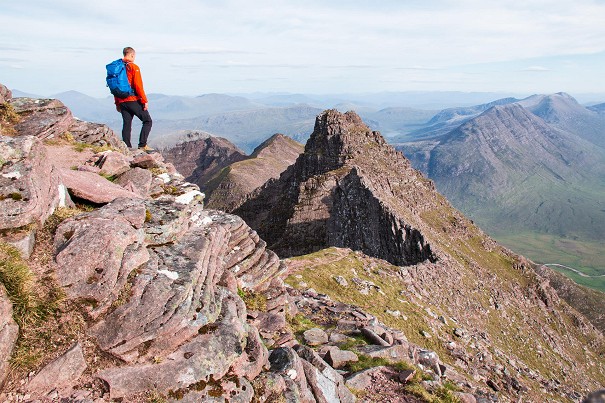


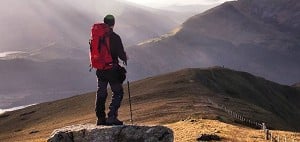

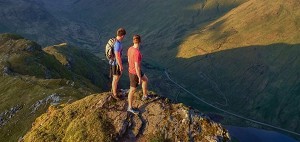



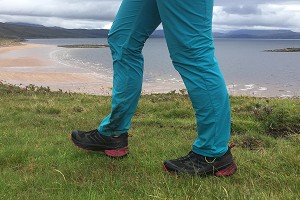
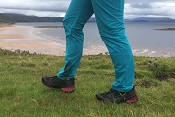
Comments